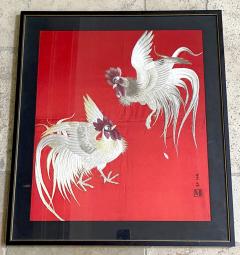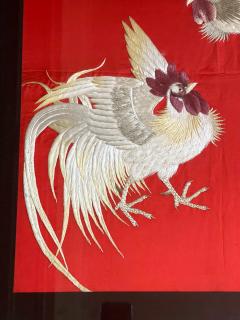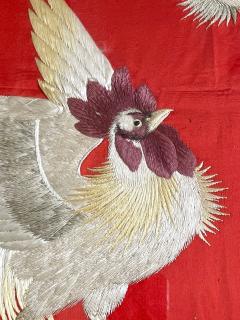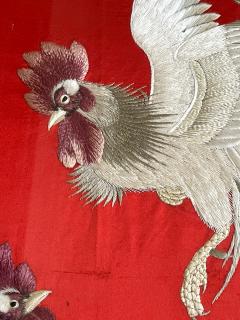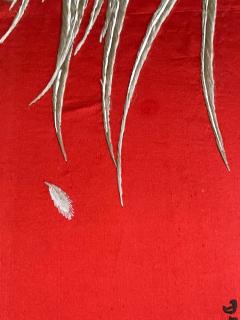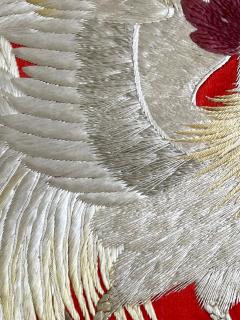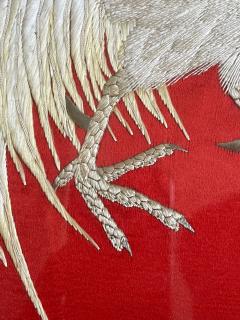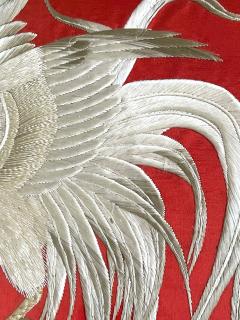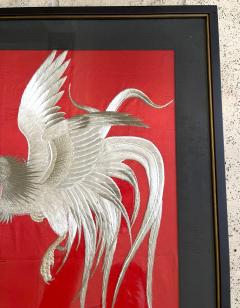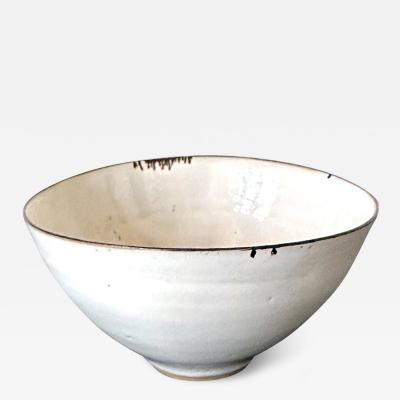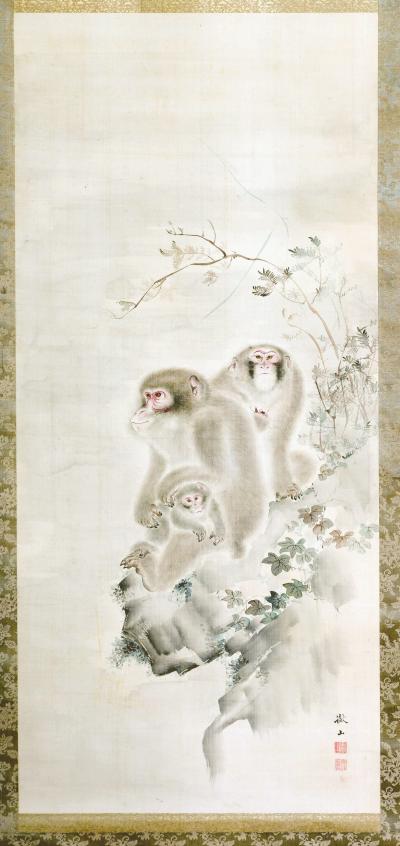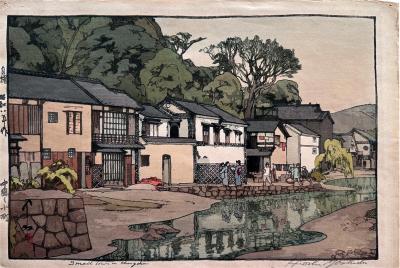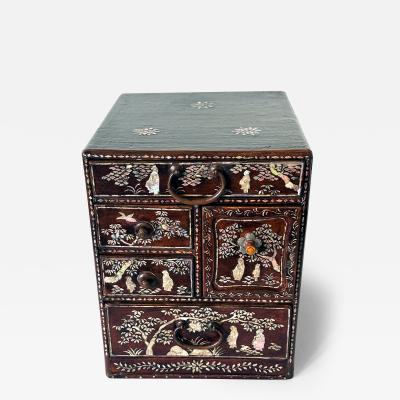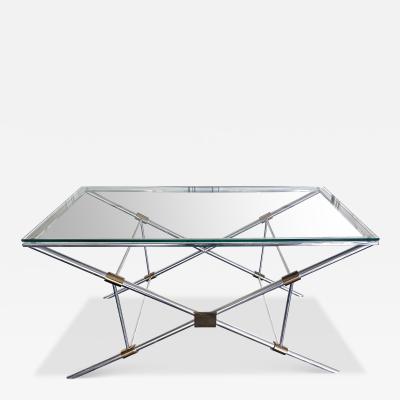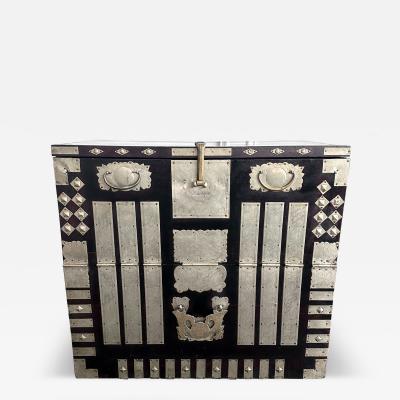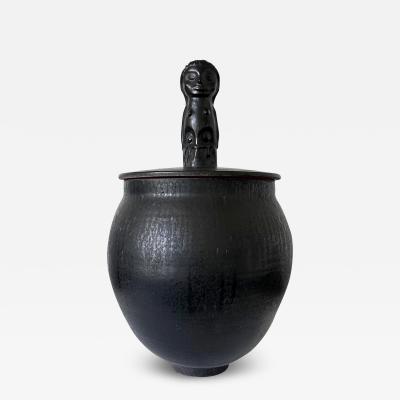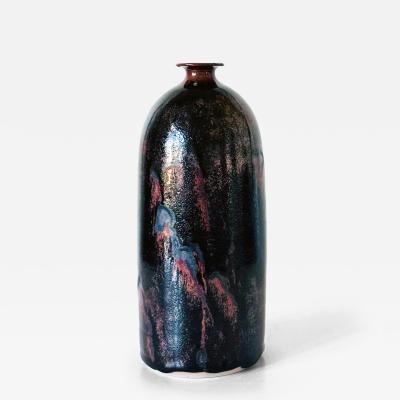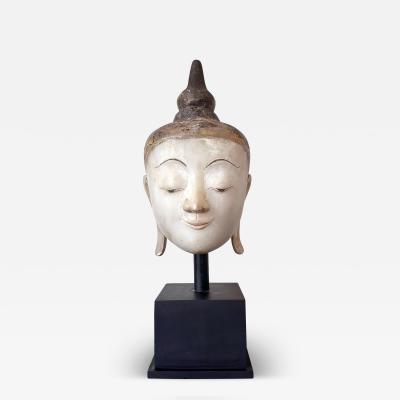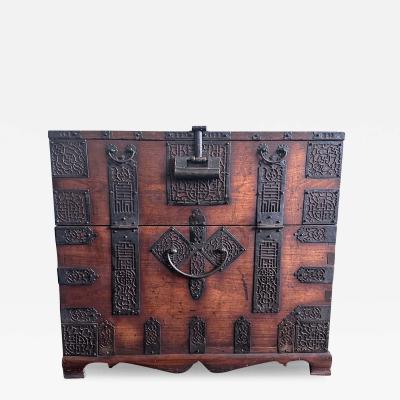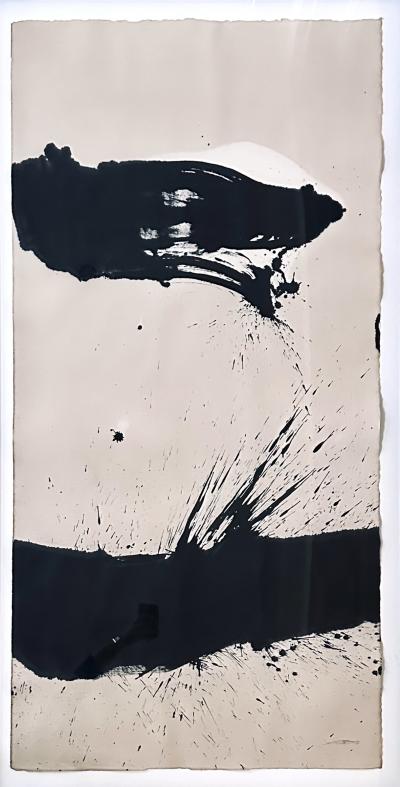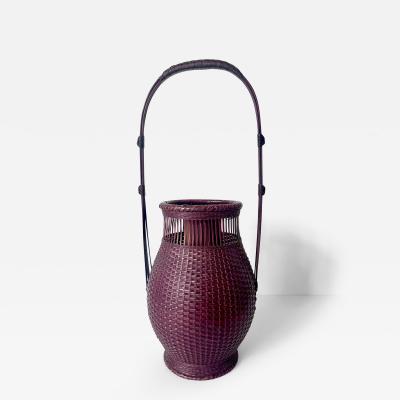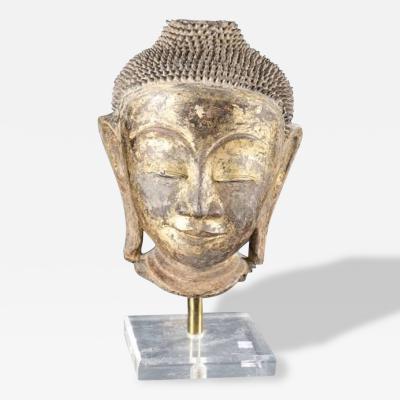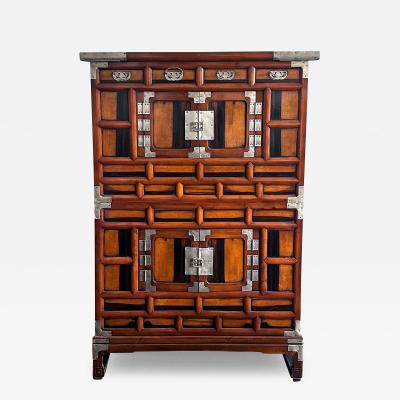- FINE ART
-
FURNITURE + LIGHTING
Shop By Category
Shop By Artist
- NEW + CUSTOM
- DECORATIVE ARTS
-
JEWELRY
Shop By Category
Shop By Artist
- INTERIORS
- MAGAZINE
Showrooms
Framed Japanese Embroidery Textile Panel Rootsters
$ 2,500
-
Tear Sheet Print
- Save
- BoardAdd to Board
-
-
Description
A matted and framed Japanese silk panel with elaborate embroidery circa late Meiji to Taisho period (1910-30s). On a bright background, two roosters or cockerels with full plumages appear engaging in a fight. The needlework was superbly executed mostly using various pattern of tight satin parallel stiches with piling to create a detailed and low relief profile. Chain crouching was used occasionally to delineate between the feathered wings. The color shifting with of the silk threads vividly and realistically showcased the plumages, clearly done by a masterful embroiderer. The motion of the birds is visually arresting and the attention to detail is evident with a single feather falling off from the fight. The pane is signed "Keibun" in Kanji and also with a an archaic type. Signed embroidery is not common generally speaking, and we couldn't identify the artist. The panel itself is 21" x 24".
Cock-fight was used to be a traditional activity in Japan during spring time. Introduced from China in the early 8th century, it became popular during Kamakura and Edo period, before it was banned in 1873 during the Meiji period. It was a popular subject depicted in all types of Japanese art, from painting, lacquerware and metal ware to prints. For a similar composition which may have inspired the design of this panel, see two prints by Isoda Koryusai (1735-1790) in the collection of the Art Institute of Chicago, reference number 1925.2183 and 1925.2182 -
More Information
Origin: Japan Period: 1920-1949 Materials: silk, wood frame Condition: Good. Fine condition, textile shows faint folding mark and wrinkles. Frame shows minor wear. Creation Date: early 20th century Styles / Movements: Bespoke, Asian, Traditional Patterns: Animal/Insects, Asian/Oriental, Handmade Incollect Reference #: 469731 -
Dimensions
W. 26 in; H. 29.5 in; D. 0.75 in; W. 66.04 cm; H. 74.93 cm; D. 1.91 cm;
Message from Seller:
Tishu, based in Atlanta, GA, offers a diverse collection ranging from Neolithic art to 20th-century collectibles, with a focus on Mid-century design, Japanese and Korean art, Asian textiles, and Contemporary Aboriginal art. Driven by a passion for timeless beauty, the gallery is open by appointment only and offers works that span 5,000 years of history. Reach them at 305-400-0561 or tishu@tishugallery.com.
Sign In To View Price
close
You must Sign In to your account to view the price. If you don’t have an account, please Create an Account below.
More Listings from Tishu View all 1003 listings
No Listings to show.
- British Studio Ceramic Bowl with Magnesium Glaze Lucie Rie
- Japanese Silk Scroll Painting of Moneys Edo Period Mori Tetsuzan
- Japanese Woodblock Print Yoshida Hiroshi Small Town in China
- Antique Korean Mother of Pearl Inlay Lacquer Accessory Chest Joseon Dynasty
- Rare Console Sofa Table by John Vesey
- Antique Korean Bandaji Chest Pyongyang Province Joseon Dynasty
- Large Early Glazed and Sculpted Ceramic Vessel by Mary and Edwin Scheier
- Early Ceramic Vase with Honan Glaze by Brother Thomas Bezanson
- Large Antique Burmese Carved Marble Buddha Head on Display Stand
- Korean Pyongyang Do Bandaji Chest Joseon Dynasty
- Large Framed Abstract Ink Painting by Qin Feng
- Japanese Woven Bamboo Ikebana Basket by Chikusei Watanabe
- Antique Lacquered Wood Buddha Head Statue from Southeast Asia
- Korean Two-Level Stacking Chests with Mirrored Persimmon Wood Panels
- British Studio Ceramic Bowl with Magnesium Glaze Lucie Rie
- Japanese Silk Scroll Painting of Moneys Edo Period Mori Tetsuzan
- Japanese Woodblock Print Yoshida Hiroshi Small Town in China
- Antique Korean Mother of Pearl Inlay Lacquer Accessory Chest Joseon Dynasty
- Rare Console Sofa Table by John Vesey
- Antique Korean Bandaji Chest Pyongyang Province Joseon Dynasty
- Large Early Glazed and Sculpted Ceramic Vessel by Mary and Edwin Scheier
- Early Ceramic Vase with Honan Glaze by Brother Thomas Bezanson
- Large Antique Burmese Carved Marble Buddha Head on Display Stand
- Korean Pyongyang Do Bandaji Chest Joseon Dynasty
- Large Framed Abstract Ink Painting by Qin Feng
- Japanese Woven Bamboo Ikebana Basket by Chikusei Watanabe


















